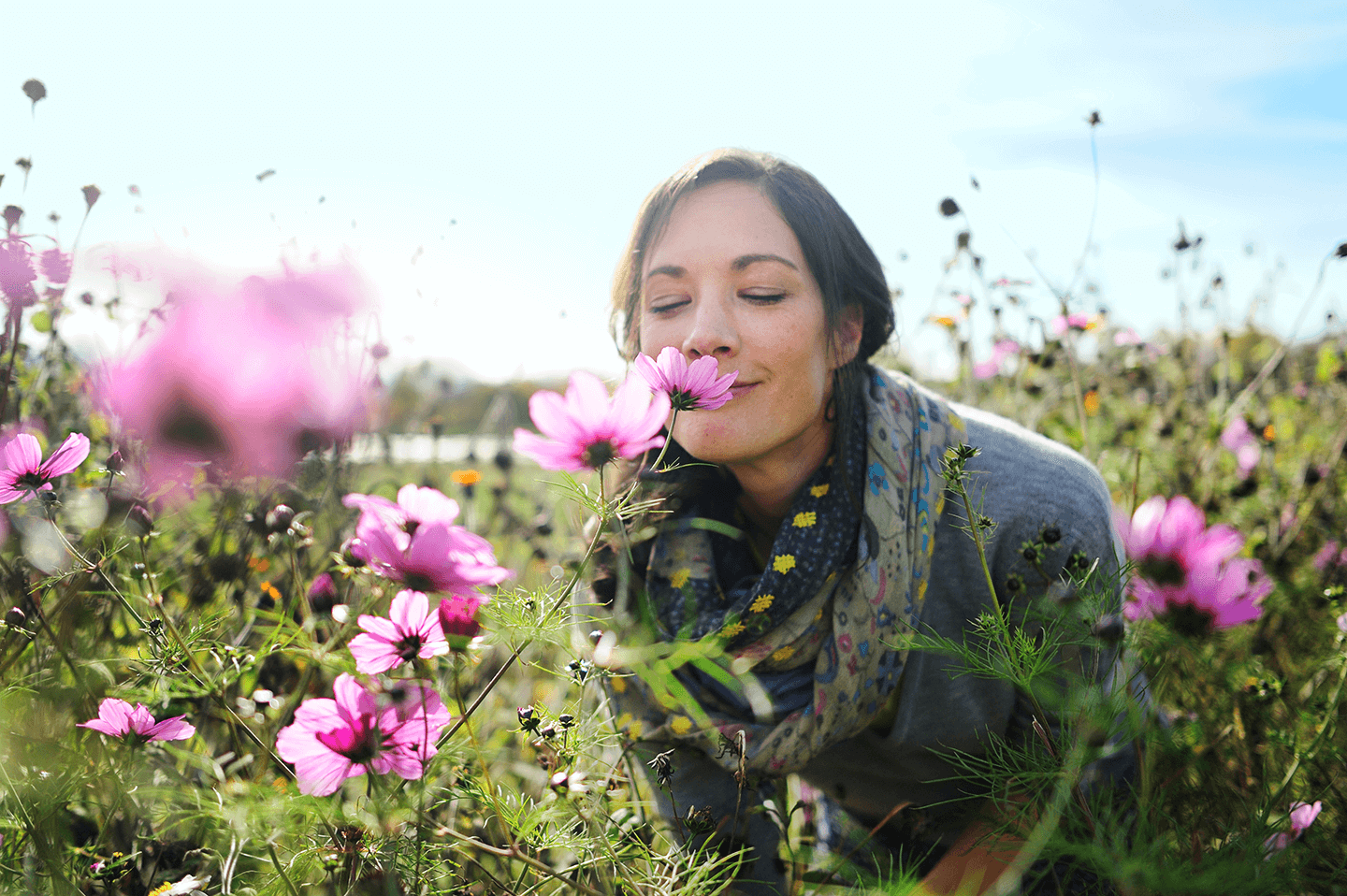Our products
A.Vogel remedies, nutritional products, and health literature are available in many countries, and we strive to make them easily accessible.

In 1963, Alfred Vogel founded Bioforce AG (now A.Vogel AG) in Roggwil, Switzerland, to meet the growing demand for his products. The original site in Teufen, Appenzell, was already running at full capacity. Vogel's mission was to offer natural remedies grounded in science, a selection of healthy food products, and reliable health information through books and a monthly magazine, making natural health accessible to an ever-increasing number of people.
The basis of the A.Vogel health brand is the credo of our founder, the Swiss pioneer of natural health Alfred Vogel (1902-1996) who said; "Nature was my best loved university."
Fresh, organically grown herbs form the foundation for the effective, scientifically proven herbal medicines, nutritional supplements as well as revitalising food products we offer to you.
Our mission
A.Vogel remedies, nutritional products, and health literature are available in many countries, and we strive to make them easily accessible.
We offer high-quality herbal remedies, supplements, and health services to support well-being. We prioritize sustainability, ethical practices, and the health of both our customers and employees.
A.Vogel is one of Switzerland's largest producers of herbal remedies and health food products. We combine Alfred Vogel's holistic recipes with reliable health advice, with products available in pharmacies, health food shops, and supermarkets.
A.Vogel is a globally recognized brand, generating a turnover of 115 million Swiss Francs with its products available in 30 countries. The company employs around 500 people worldwide, including 170 in Switzerland.
We invite you to explore the inspiring stories behind A.Vogel, and immerse yourself in the rich history of our brand.
A.Vogel promotes natural health with science-based remedies, nutritious products, and educational resources, empowering individuals to achieve holistic well-being and live a balanced, healthy lifestyle naturally.